If living in Spain has taught me one thing, it’s that the people here know how to party. Every month there seems to be a festival or celebration for something. In fact, there are so many unique and crazy events, that it was quite difficult to narrow them all down to the top 10! Here’s what we believe are the 10 best festivals of Spain below.
Cabalgata de los Reyes de Magos – 5 January
Feeling Pinspired? Hover and click over any pics to save them to Pinterest!
- Awesome giant figures in the parade
- The parade is for the young and young at heart
This tradition is practically the same idea as Christmas Eve in countries like Australia and the USA. On the evening of the 5th of January, the Cabalgata de los Reyes Magos (Three King’s Parade) liven up the streets of each town and city, drawing in hundreds of crowds to see the Three Kings (aka Wise Men) walk into town. Streets are closed off to traffic so elaborate and colourful floats, musicians and performers can continue the procession, throwing lollies and sweets into the crowds. The following day, the 6th of January, is the Epiphany. Children will wake to find presents left for them from the Three Kings. Be aware that everything is closed on the 6th, as like Christmas, it is a day for exchanging gifts and spending time with family. Los Reyes de Magos is a big event throughout Spain, for both the young and old, and in large cities such as Madrid, it’s a sight not to be missed.
Carnaval in Cádiz & Tenerife – February/March
Created as an opportunity to let loose prior to Lent, Carnaval is a 10-day festival full of debauchery, music and costumes. Tenerife and Cádiz are the two main towns to celebrate it with full vigour. Carnaval in Tenerife is similar to the famous carnival in Brazil, complete with parades, floats, masks and fancy dress. Music and colour fill the streets and with musicians and costumes. Carnaval in Cádiz delivers the same punch of energy, music and colourful characters. The streets are filled with people in costume and chirigotas (small musical groups that sing about politically satire themes). Musical competitions run over the 10 days, pitting musical groups against each other to fight for the sought-after prize. Tickets to attend the contest are often difficult to come by, with a lottery releasing the tickets to the public. You can however see the performances live on tv, and there is no short of free entertainment in the streets and main square of Cádiz. Cádiz Carnaval is definitely a must if you love big street parties, dressing up and letting loose.
Las Fallas in Valencia – 15 – 19 March
- These amazing fallas are full of detail and colour
- The fallas take up a small square and stand a few stories high
- The burning of the main falla happens after midnight
This is Valencia’s biggest festival and it’s easy to see why. Las Fallas celebrates St Joseph and the spring equinox. All year neighbourhoods and families of Valencia design and build a falla, a huge structure consisting of ninots (figures or dolls made from wood and paper maché). These fallas can stand several stories tall and are erected on the 15th of March and are on display until the night of the 19th, la cremá, where they are set alight and burnt to the ground in front of many spectators. It’s hard to believe buildings aren’t accidentally burnt down in the process, but the firemen certainly have their work cut out for them on the night.
Each day of the festival is also filled with paella contests, bullfights, fireworks, firecrackers, and pageants. This festival is perfect for the pyromaniacs amongst us.
Semana Santa throughout Spain – Easter
- Mary being carried through the streets
- Christ being carried through the streets during Semana Santa
- Los Nazarenos walking solemnly
We are yet to see a country so wrapped up in Easter celebrations such as Spain. Semana Santa (Holy Week) is a week-long celebration of the life and passion of Christ. Commencing on Viernes de Dolores, the Friday before Viernes Santo (Good Friday), Semana Santa runs through to El Domingo de Resurrección (Easter Sunday). Semana Santa is best experienced in the south of Spain, with cities like Sevilla, Málaga, Córdoba and Granada putting out all stops for the celebration. There are multiple processions on a daily basis. The floats (pasos) are elaborate and are solemnly carried throughout the streets with accompanying drums, music and nazarenos (penitents). Weighing up to 2,000kgs the floats are carried on the shoulders of 40 costaleros, who spend months practicing how to walk and sway in time with each other, whilst carrying the float. Even if you are not religious, it is a beautiful sight to see, showcasing Spain’s deeply held Catholic traditions.
- Floats weighing over 2,000kgs get carried through the streets in a solemn procession
- Semana Santa is very moving
Feria de Abril in Sevilla – April/early May
Commencing the second Monday after Semana Santa has ended, Sevilla bursts into a lively scene of music, dancing and colour. The Feria de Abril (also known as the Feria de Primavera) celebrates the coming of spring. From Monday through to Sunday, people flock to the fairgrounds for dancing, drinking, socialising and eating. Casetas (tent pavillions) line the fairground, and are filled with catering and music. Most casetas are privately owned and only accessible if you are in with the owner. However, there are some public casetas that anyone can enter (which we willingly did!). Apart from the casetas bursting at the seams with cheery folk dressed up, the fairground also boasts a massive amusement park. People will stay out all night, every night, during Feria, and frankly why not? It is the place to ‘be seen’ and party the nights away!
Not confined to just Sevilla, Feria is celebrated in many cities during the months of April and May. Sevilla is certainly the most famous feria, and with the iconic women dressed in their traje de flamenca (traditional dress) seen throughout the city during the six days. In saying that, we loved the feria in Córdoba in May.
San Fermín in Pamplona 6 – 14 July
Running of the Bulls, Spain via Flickr by Asier Solana Bermejo (CC-BY-SA 2.0)
The controversial Running of the Bulls is one of Spain’s most famous festivals. Each day, for seven days, crazy people from around the world test their fate by running with six enormous bulls up a narrow and twisted 825m circuit. Whilst running of the bulls (el encierro) is the main attraction of this festival, there are also parades, street parties, and daily bullfights. If you value your life a little more than some, you can watch the madness from the safety of the bullring (which is what I did when Guy and I did San Fermín in 2009).
Want to read more about this event? Read our His and Hers account here
El Colacho in Castrillo de Murcía – May/June
El Colacho, via Wikimedia Commons by Jtspotau (GFDL or CC BY 3.0)
I personally think that this has to be the craziest festival yet. On the Sunday following Corpus Christi, newborn babies (of up to 12 months) are placed on mattresses in the street and men dressed as the devil (el colacho), in red and yellow jumpsuits with whips or castanets in hand, jump over these unsuspecting infants to cleanse them of their original sin and protect them from illness. Personally, I think a baptism or christening is a little more appealing, but hey, who am I to judge? Besides, it certainly makes for a colourful and amusing tradition! Thankfully no newborns have ever been seriously injured in the centuries-old tradition, although I still don’t know if that would ease the mind of any parent attending the event. And of course, it wouldn’t be a Spanish festival without the customary musical processions and liveliness to go along with it.
La Tomatina in Buñol – last Wednesday of August
La Tomatina via Flickr by nedim chaabene (CC BY 2.0)
Probably considered the world’s largest food fight, La Tomatina needs no introduction. Every year, on the last Wednesday in August, 40,000 people fill the streets of small town Buñol for a tomato fight to end all tomato fights. Over 100 tons of specially-grown tomatoes are driven into town for the event. The day begins like any other day, with people attempting to climb a greased pole, from which a leg of ham is hanging off, and knock it down. That’s how you all start your day right? Of course, climbing a two-storey high pole slick with grease is not an easy task and can pass the time quite hilariously for onlookers. At 11 am a rocket is fired and the tomato fight begins! An hour later, the streets and revellers are soaked in tomato juice and are hosed down to be squeaky clean (who knew tomato acid made such a great cleaning agent?). Much to our dismay, we still haven’t gotten to this festival, but it is on our bucket list!
Festes de la Mercè in Barcelona – leading up to the 24 of September
Castellers at La Mercè, Barcelona via Flickr by Stasiu Tomczak (CC BY 2.0)
Barcelona may be a lively city at the best of times, but Festes de la Mercè takes it up a whole notch. Honouring the patron saint la Mercè (Virgin of Mercy), Barcelona comes alive with days of partying, excitement and colour. Concerts, fireworks, giant figure parades, a crazy chase through the streets by firework-fuelled dragons and monsters and most impressively, the castelles (human towers), take place during the event. Festivities run days leading up to the official celebration on the 24th of September.
Correfoc via Flickr by OK Apartment (CC BY 2.0)
Nochevieja (NYE) throughout Spain – 31 December
- The Nochevieja essentials
- ¡Feliz año nuevo!
- New Years is a big event in Spain
New Years Eve is a fun event in Spain. To ring in the new year, Spaniards gather in homes, restaurants and city squares for a lively evening. Cava (a Spanish version of champagne) is the drink of choice and the tradition is to quickly gulp down a grape on each of the 12 chimes as the clock counts down to midnight. Just make sure you get pitted grapes or you may find yourself struggling to down them all in time! We celebrated Nochevieja in Ibiza and absolutely loved this tradition and found that everyone is so friendly and jovial. Strangers would turn to each other to hug and wish each other a “¡Feliz año Nuevo!” (Happy New Year) creating an atmosphere that is so positive and happy. If you really want to get into the traditional spirit, wear red underwear!
Rest assured, there are plenty of other celebrations and festivals that haven’t been mentioned above. In fact, many pueblos (towns) have their own special festivals and traditions specific to that area. A few times we accidentally stumbled upon a procession in the streets that we had no idea about. The strangest one we came across was during a night a friend and I were returning from our flamenco class. We heard music from one of the streets, so decided to investigate. What we came across appeared to be a bizarre funeral procession (including men in drag) of a strange fish. It turns out we witnessed el Entierro de la Sardina (literally the burial of the sardine), which symbolised the end of Carnaval and the beginning of Lent.
Have you experienced any of the festivals of Spain? Which one was your favourite? Comment below!
Latest posts by Kim-Ling (see all)
- 9 Gifts for the Traveller at Home in 2020 - November 27, 2020
- Tropicfeel Shoes – The Travel Shoe for Everywhere, Every Day - June 22, 2020
- Light to Light Camps – The best way to do the Light to Light Walk - July 30, 2019

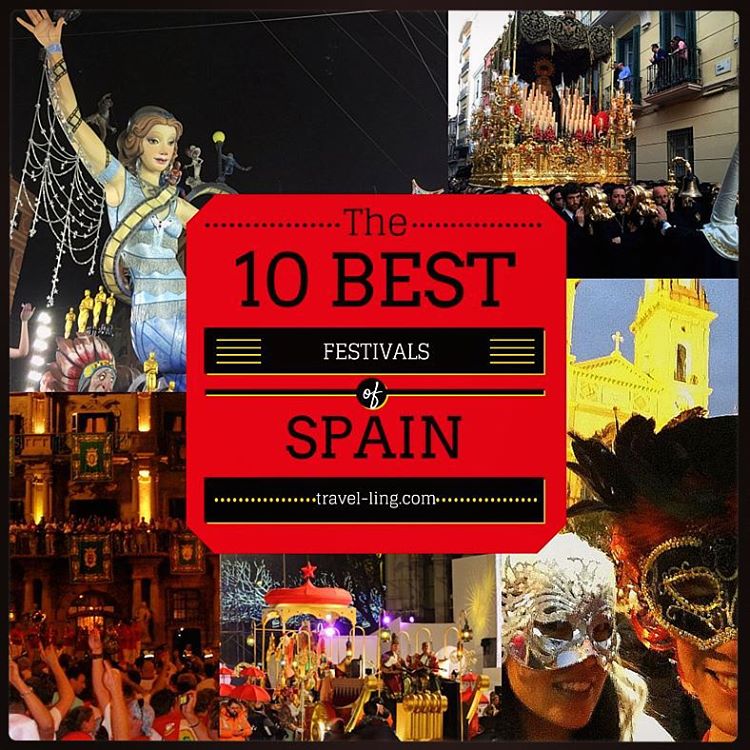
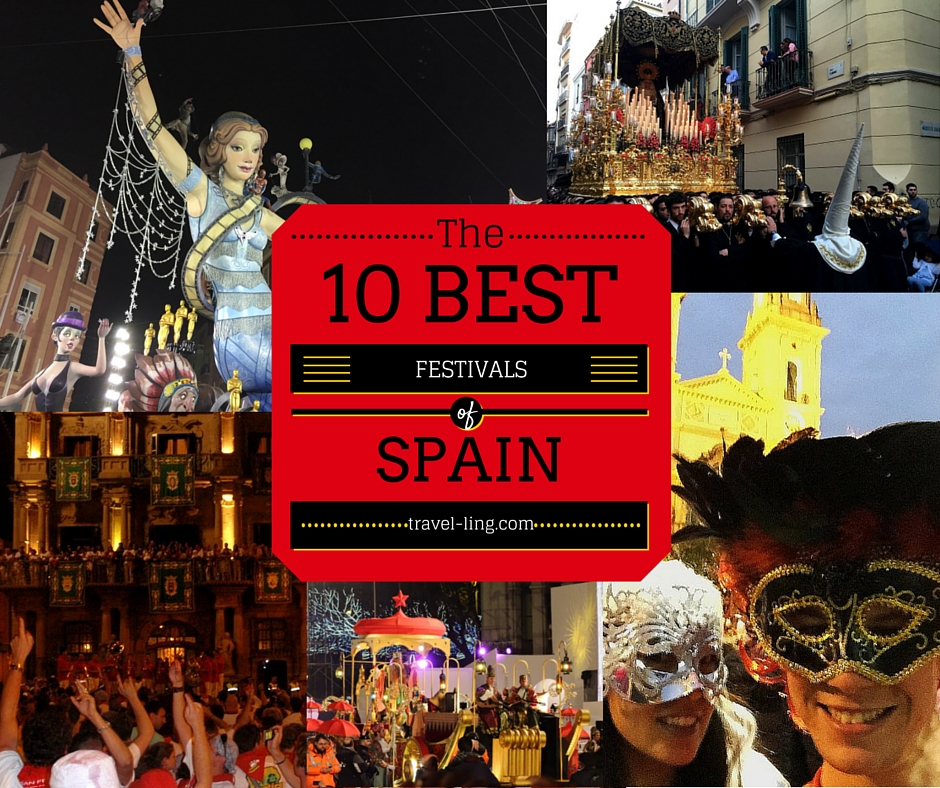
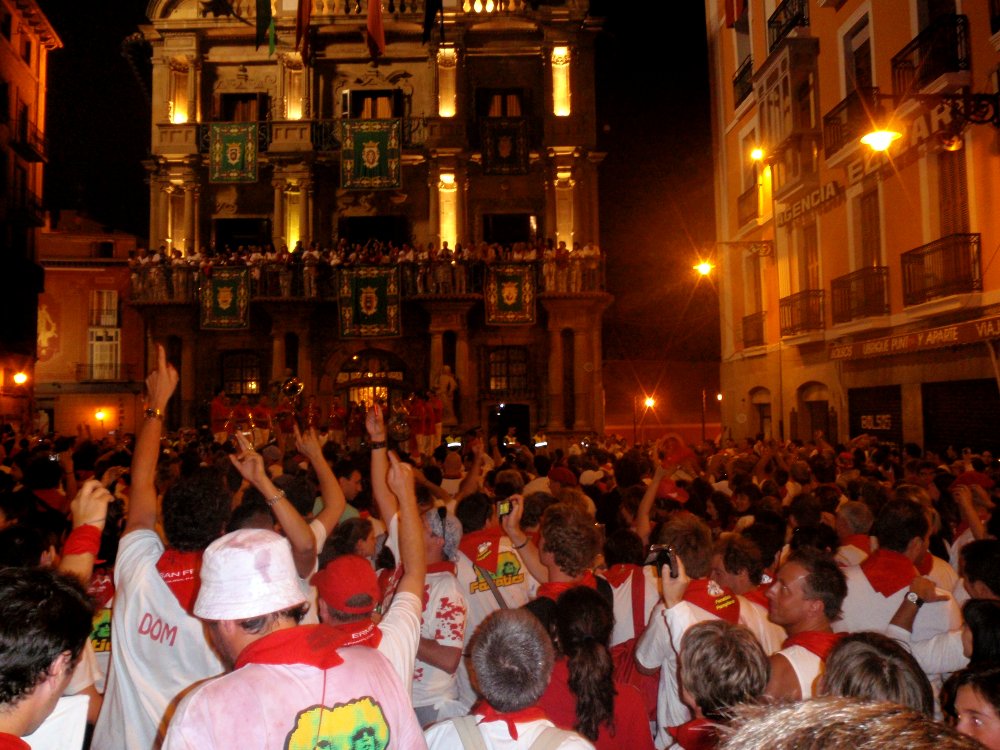
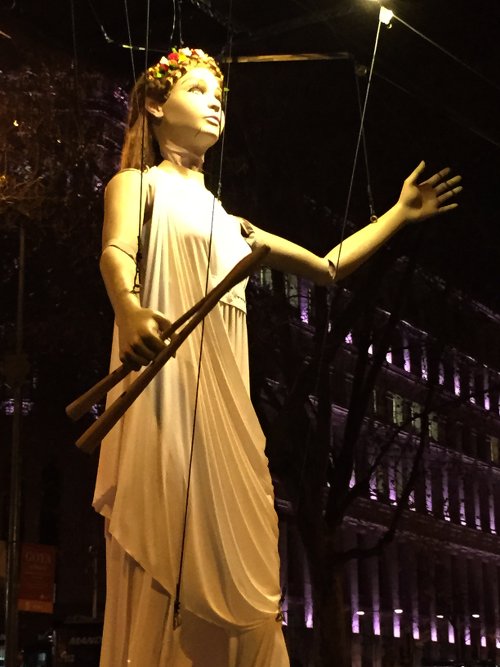
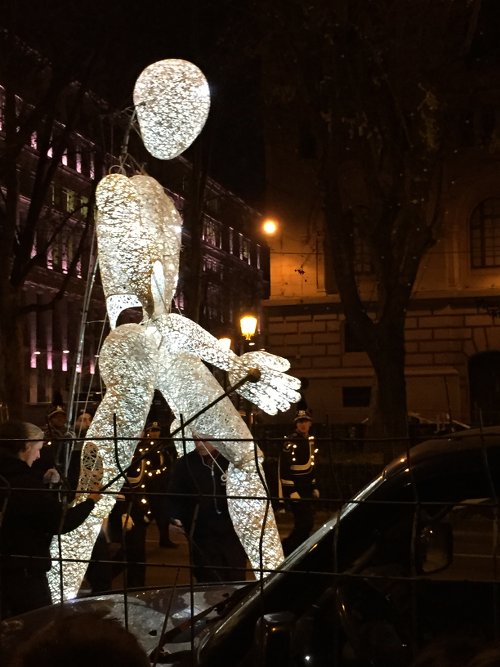
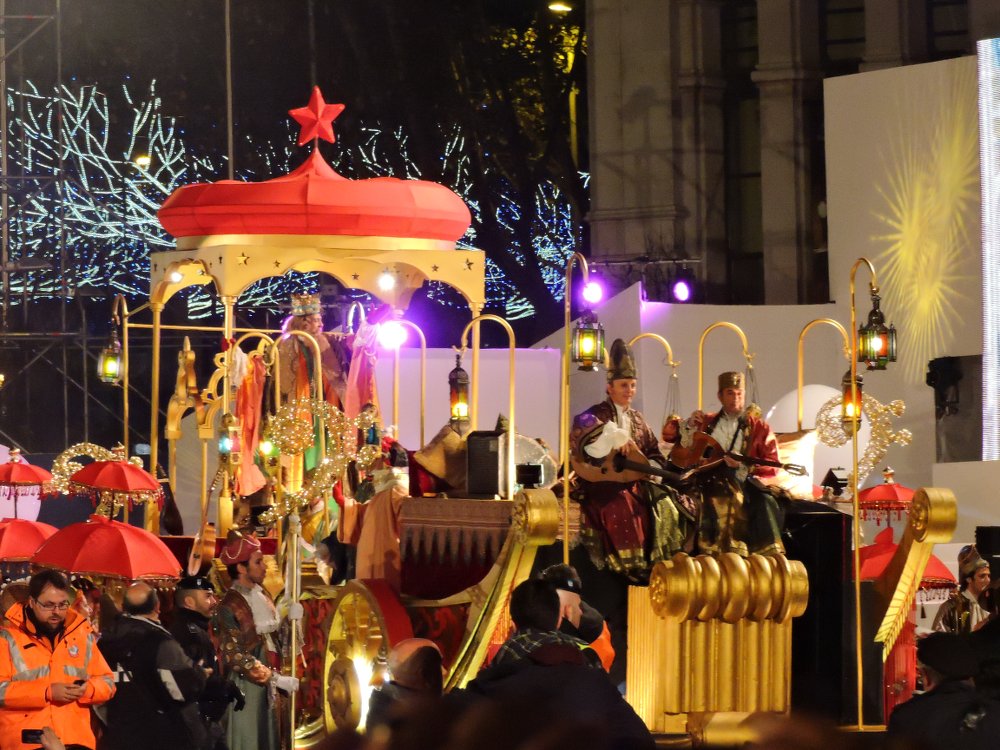
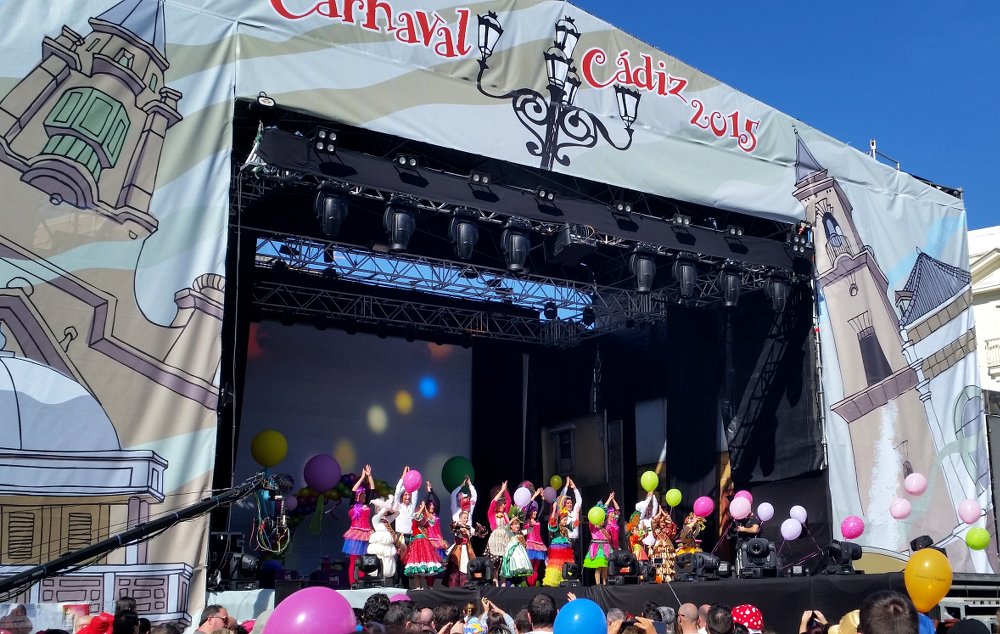
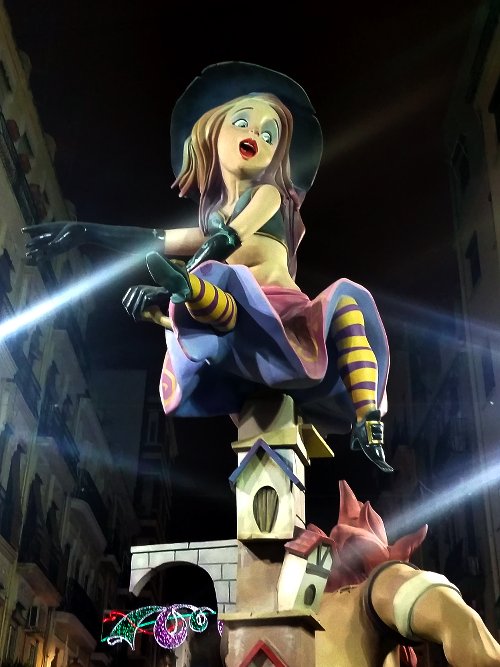
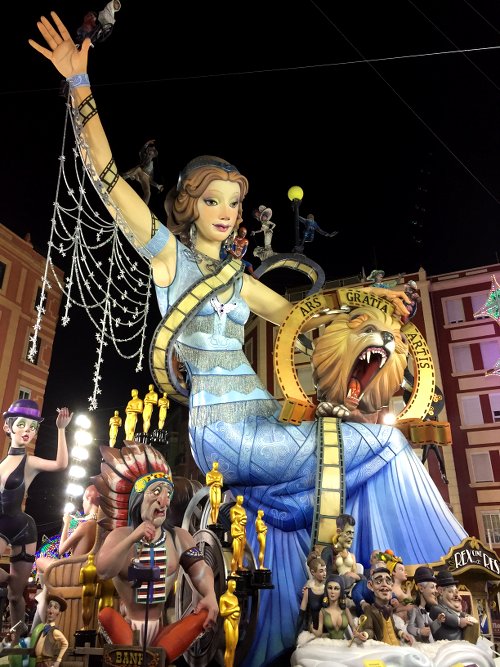
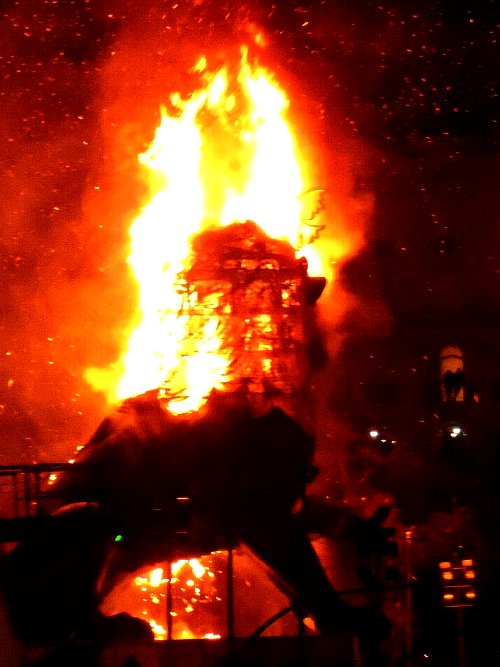
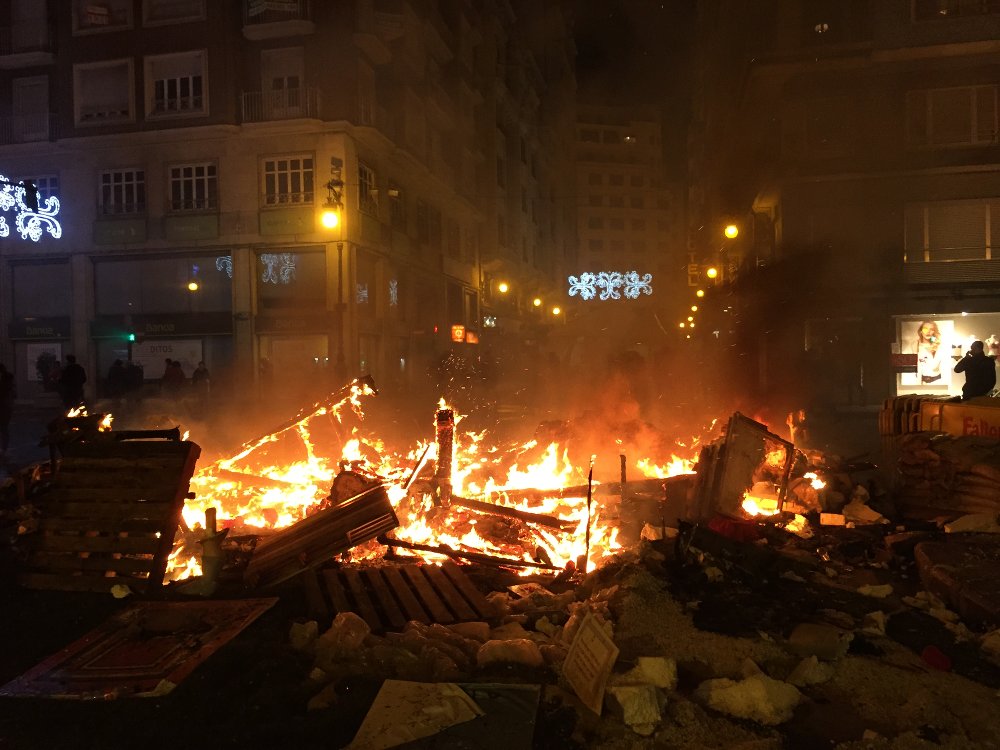
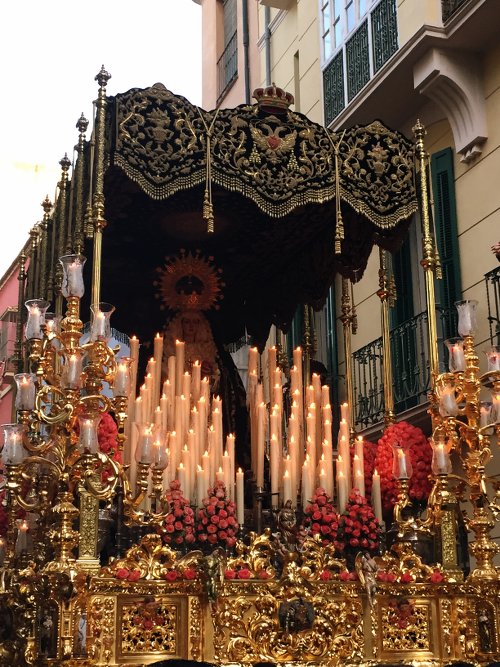
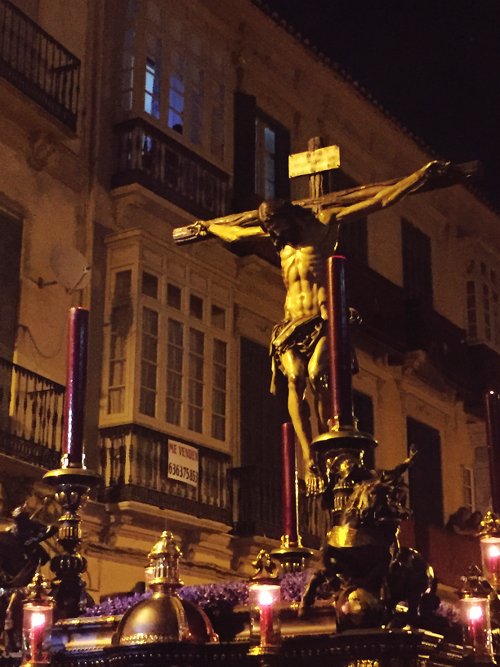
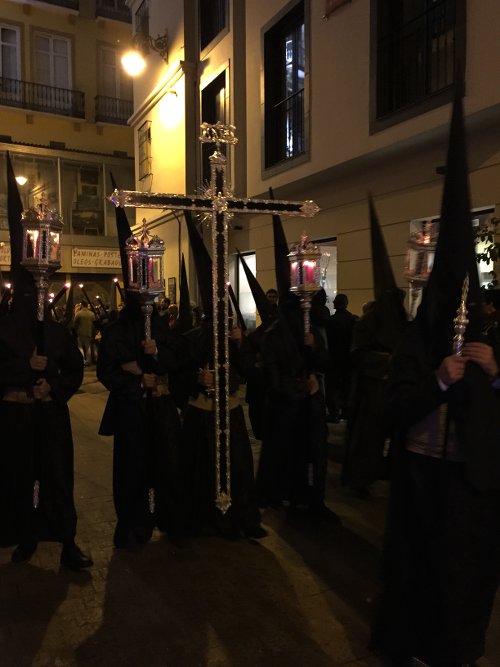
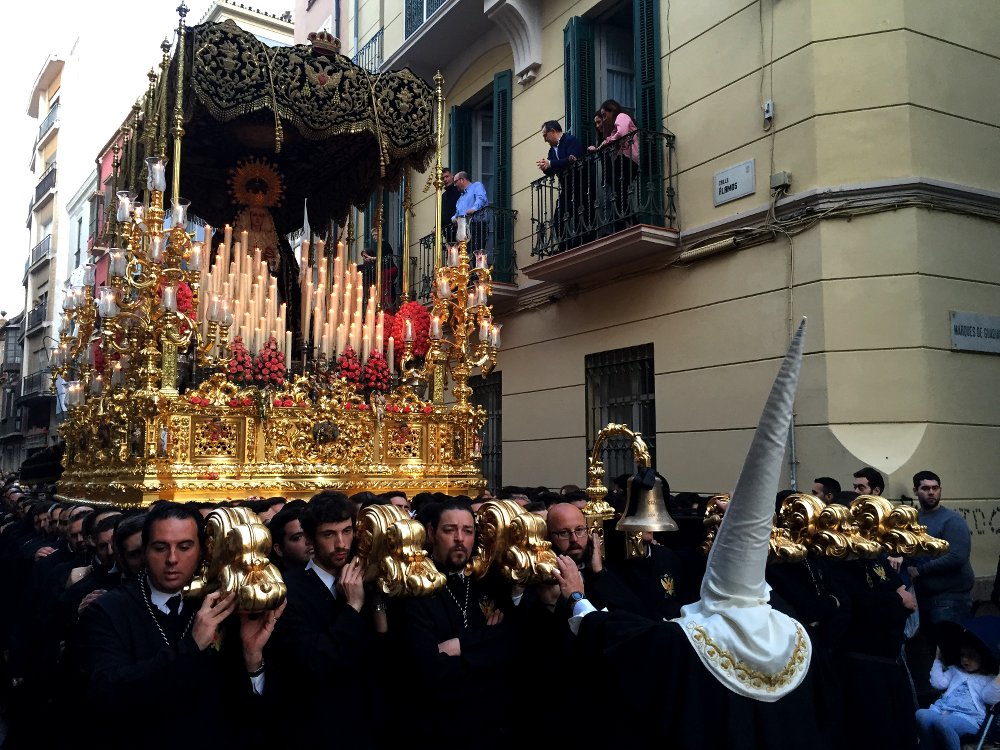
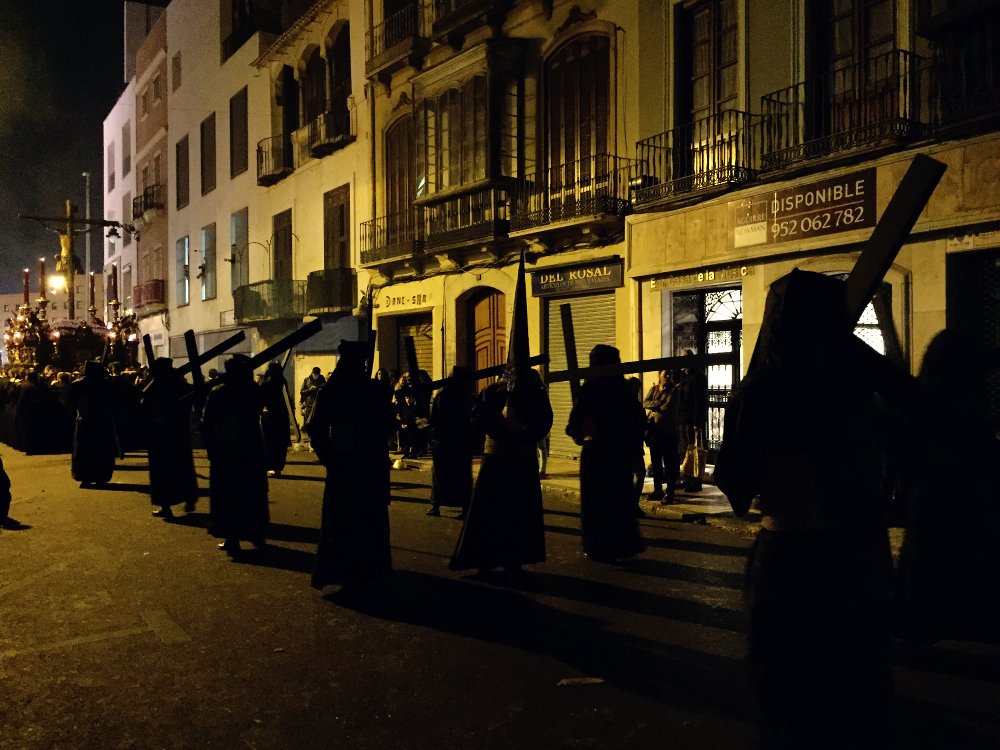
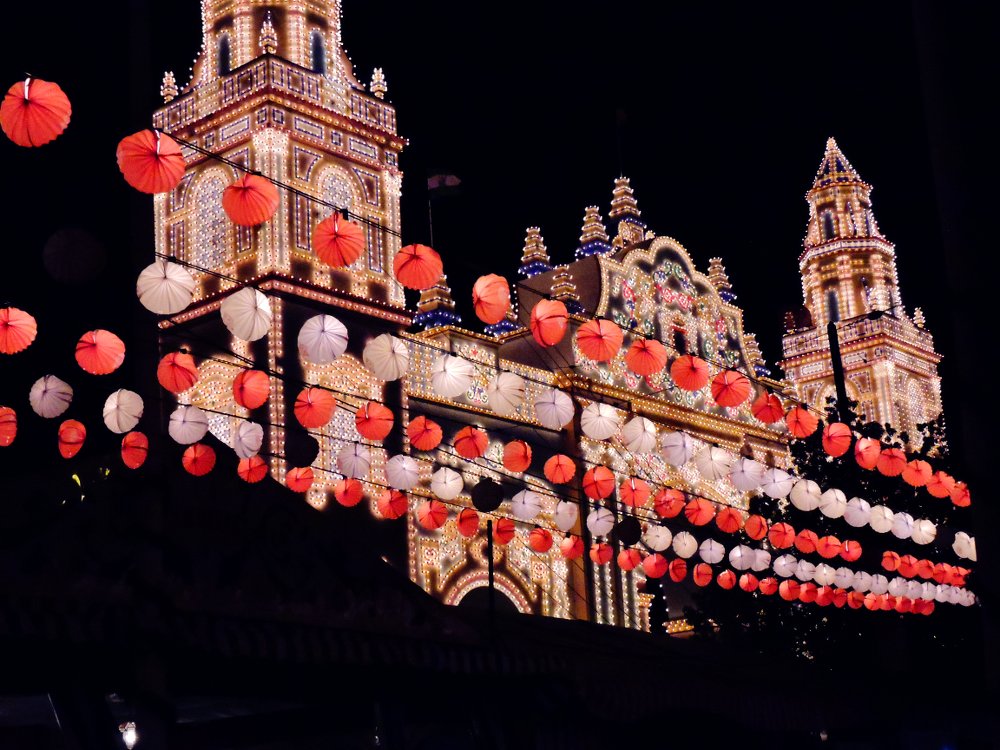
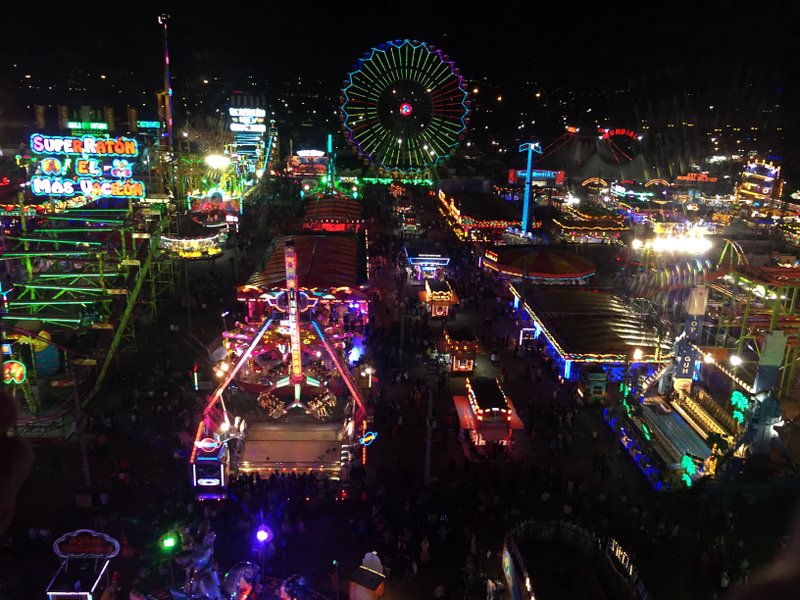
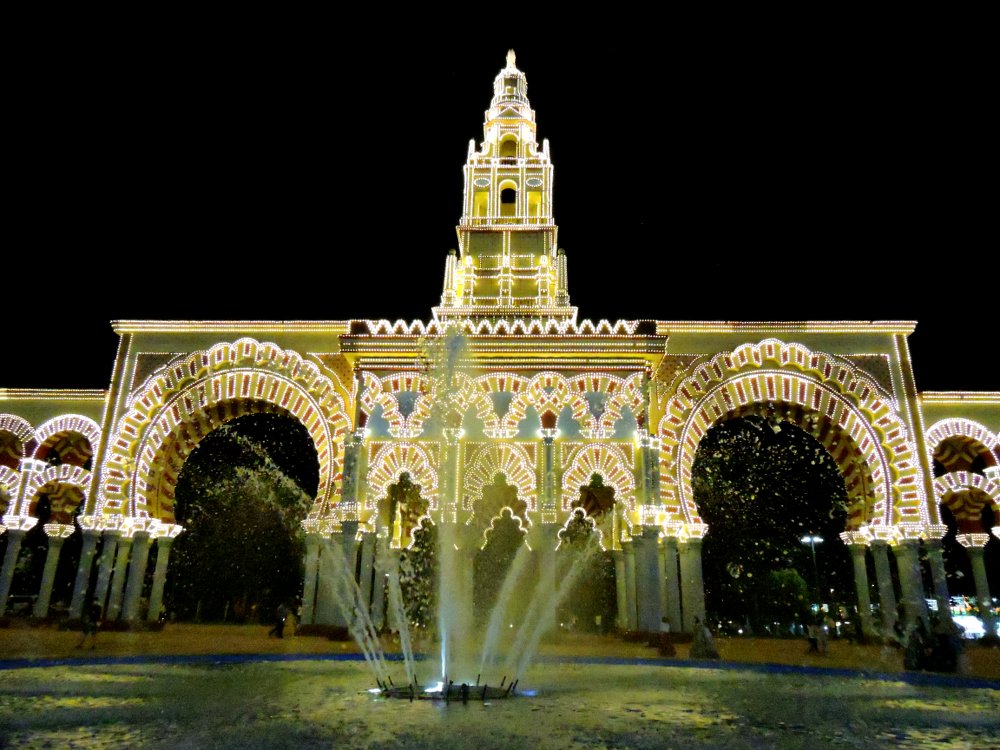
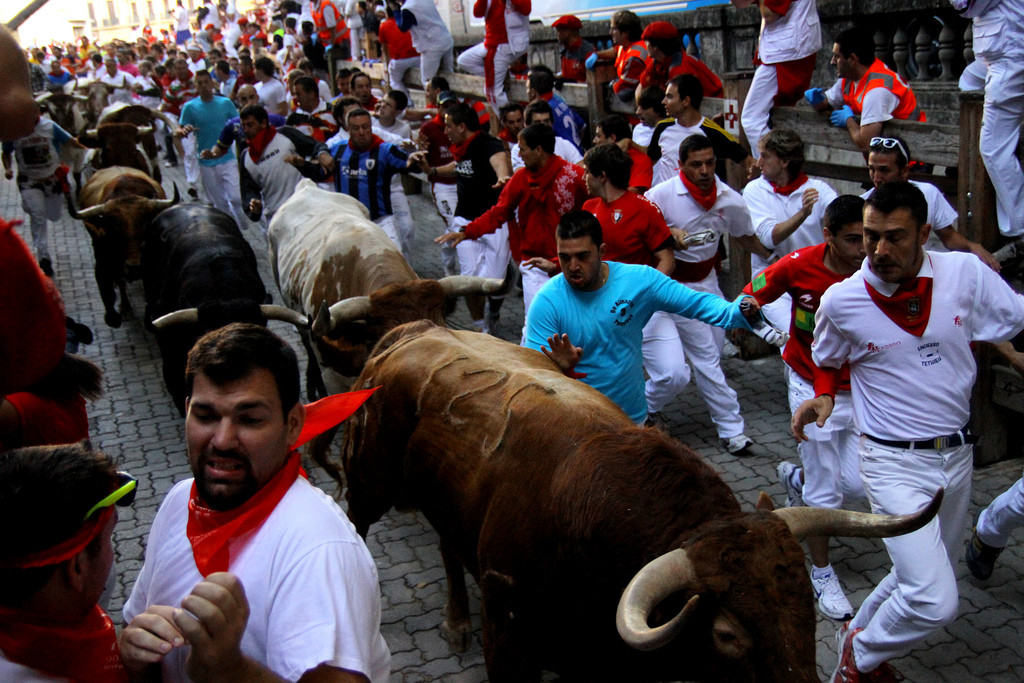
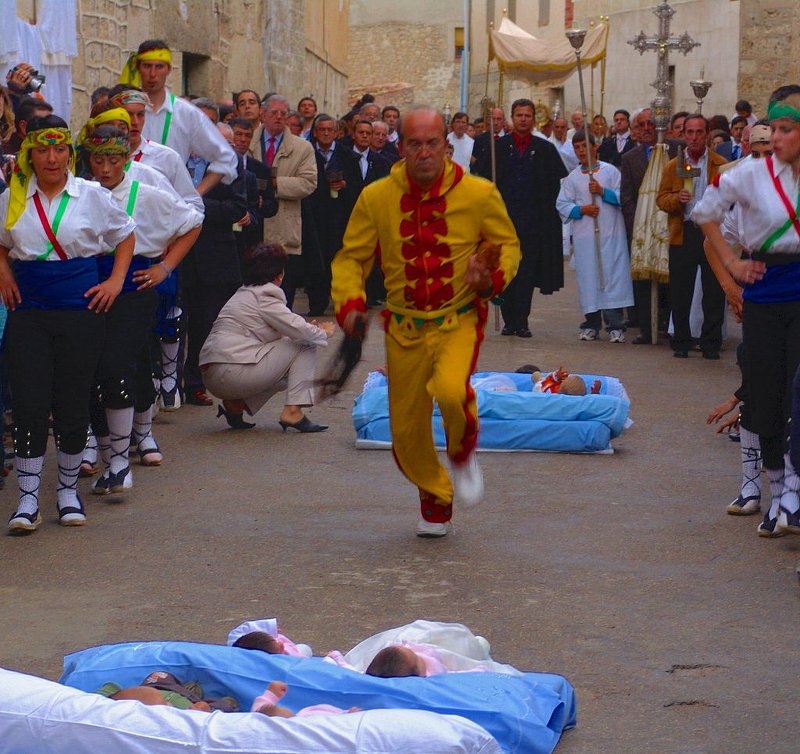
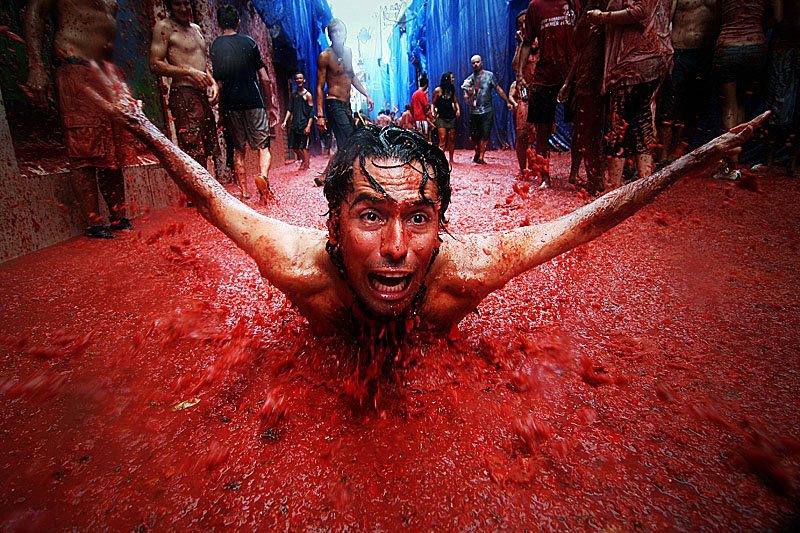
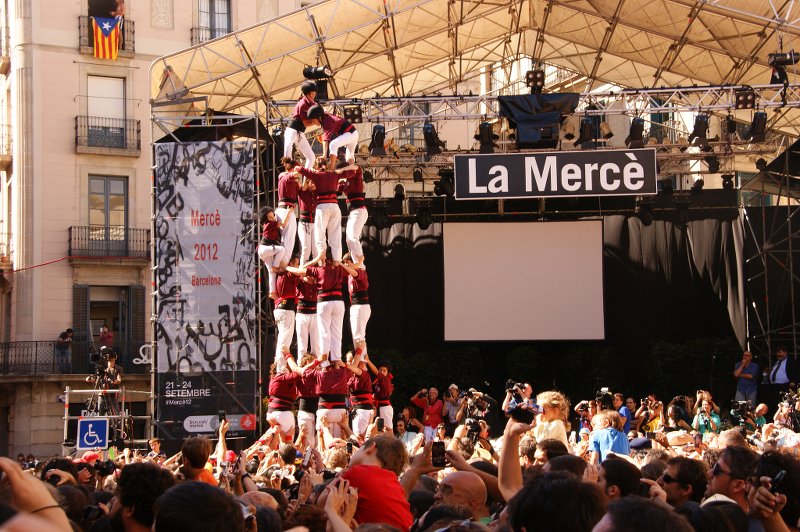
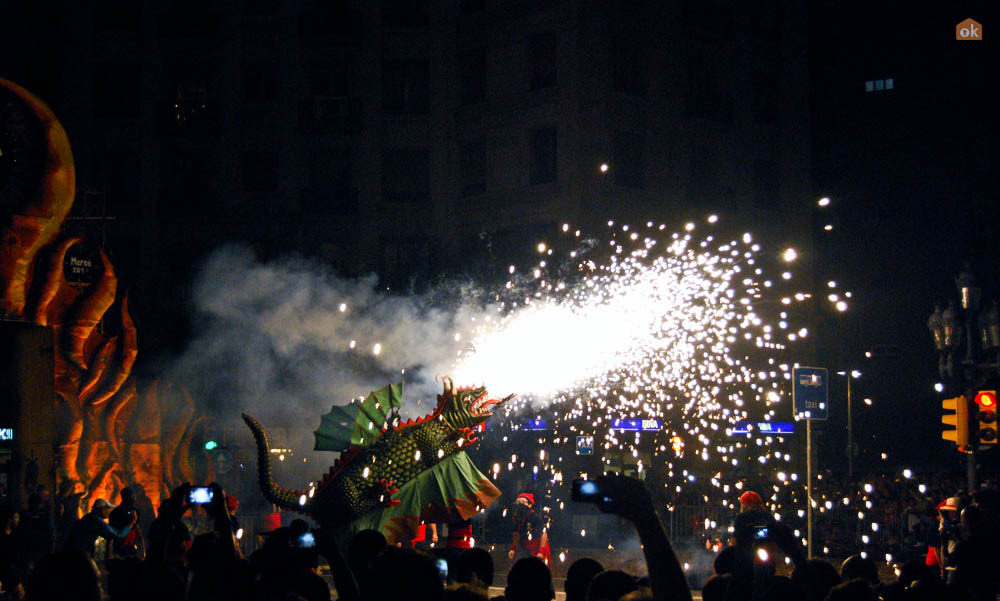
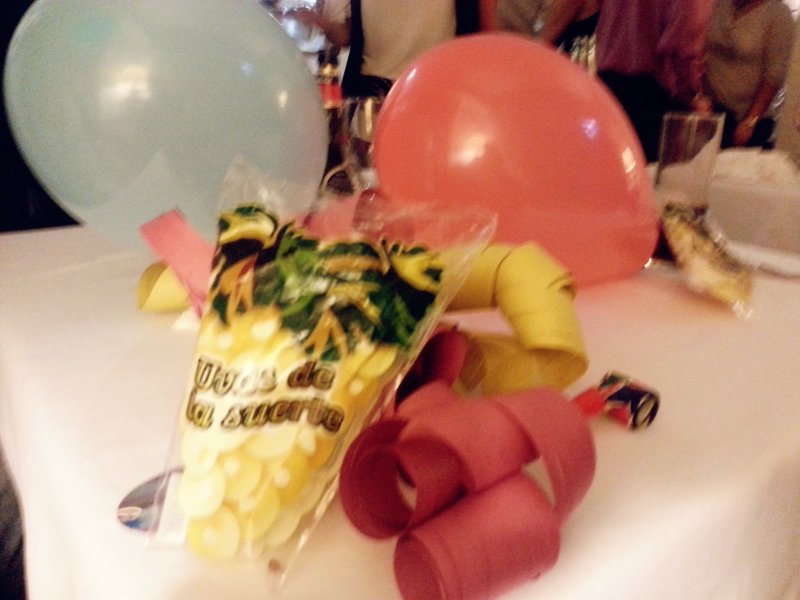
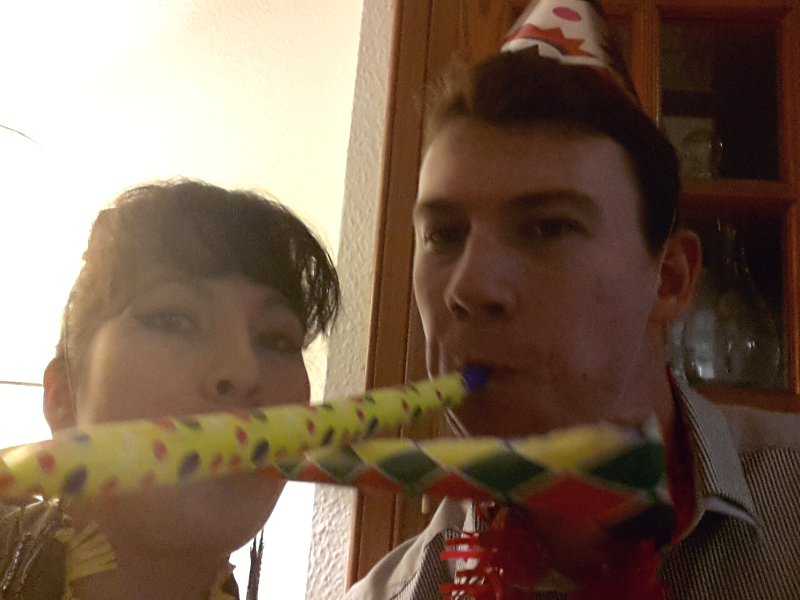
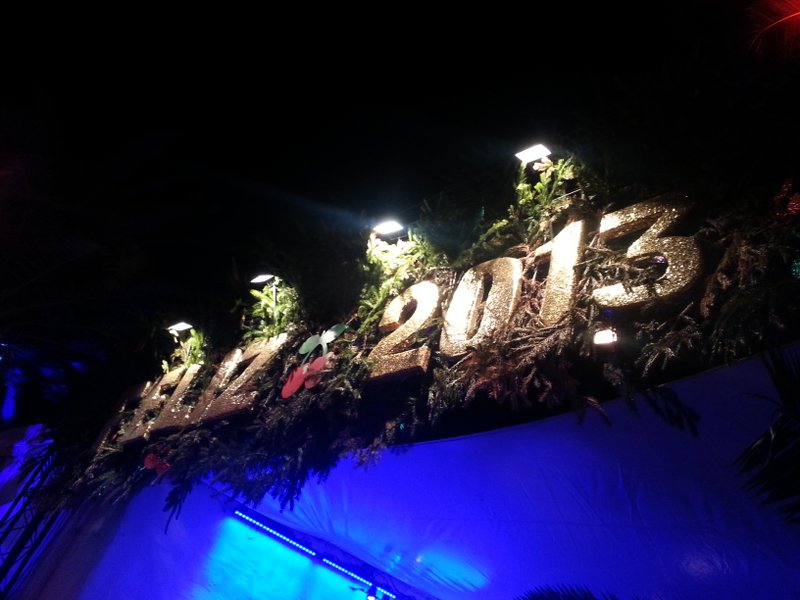
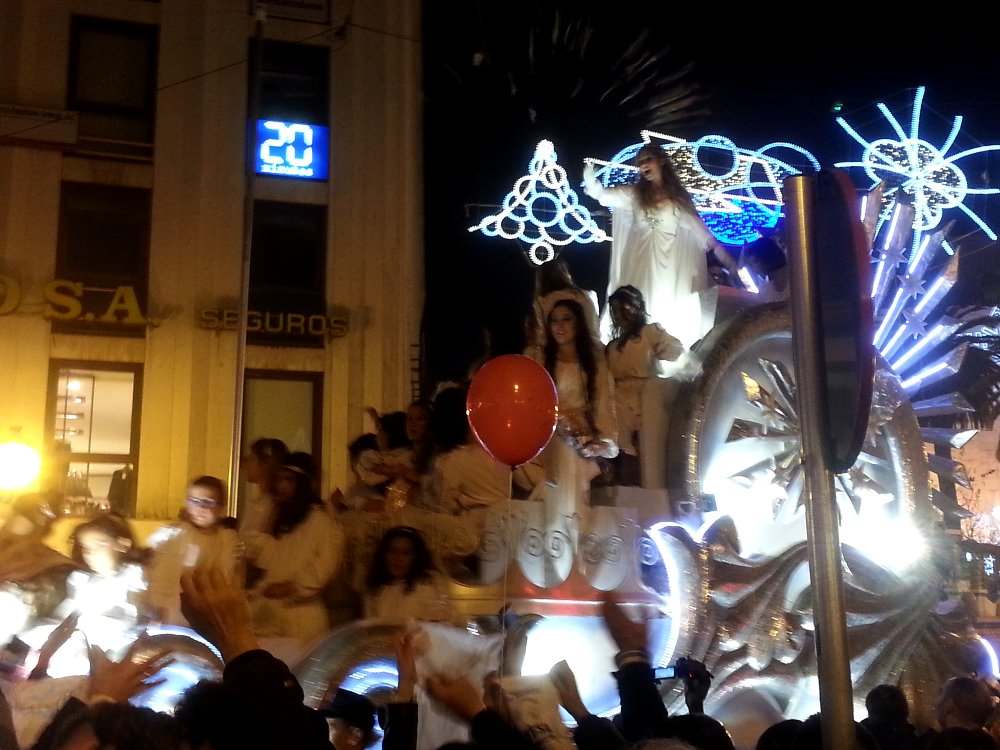
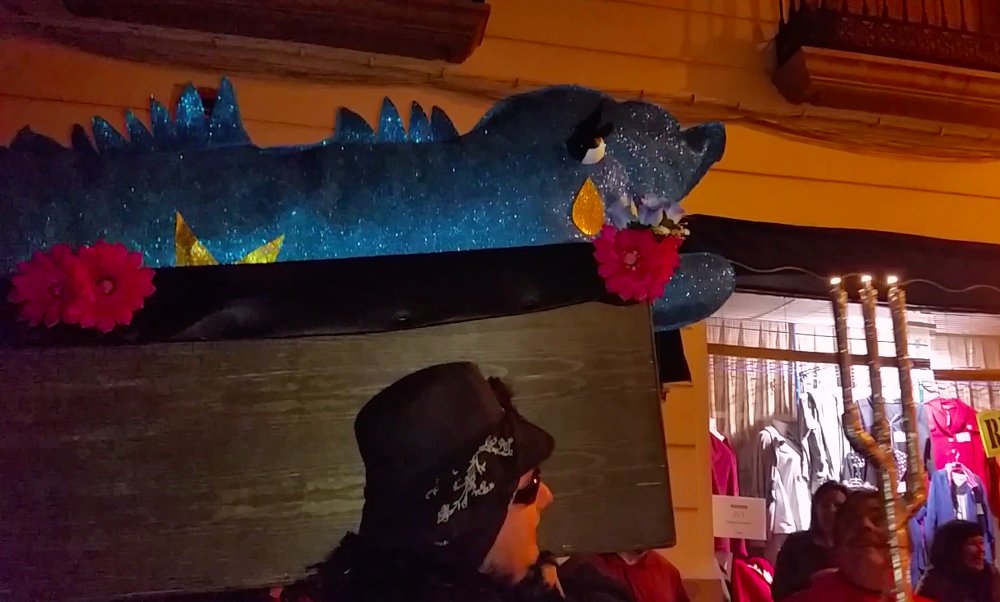

Don’t forget Gay Pride festival in July in Madrid! That is a huuuge party!
Thanks for that Liss! There are so many festivals to write about! I would love to spend a few years to try to get to each one!
What an interesting read. It’s great to know about the different festivals in Spain throughout the year that capture the vibrant spirit and culture of the country.
Thank you! Yes, there is always something fun and exciting going on in Spain! If you plan it right, you can see some of the most unique and colourful celebrations the country has to offer!
We love Spain and will actually be visiting again next year. I’ll have to check the dates to see if we’ll be there at the same time as any of these festivals.
I hope you can experience something fun and interesting while you are in Spain! (I’m sure you will!). Where are you headed?
Great list. I hadn’t heard of most of these before. Thats one of the great beauties of living in a country for a while – you really get to experience the off the beaten path, every day life that tourists often known nothing about. After almost a decade in India, we also had a good view into some awesome festivals and traditions we never knew before!
Thank you Karilyn! Yes, we loved our time in Spain, as we got to experience so much in such a short amount of time! I bet India has some amazing traditions and festivals!
My goodness, I don’t know which one is crazier…running with the bulls or the devil running over the babies!! I for sure learned about some gems today thanks lol.
Haha I know! From personal experience, I think running with the bulls is crazier, but still the baby jumping is quite the crazy event! Thanks for reading!
I have book marked this page, we love the festivals in Spain. Next year we plan to spend a significant amount of time exploring the country and would like to take in as many festivals as we can.
Thank you Rob! Glad you found this post helpful! I hope you enjoy your time in Spain! Where are you planning on visiting?
What an inspiring collection. Had no idea that Spain held such a variety of festive traditions.
Thank you Elaine! Yes, there are so many more that I didn’t write about this time! Spain has some fascinating traditions!
I’ve heard Spain is the best country for festivals! I visited Spain for the first time this August and I participated in Aste Nagusia Festival in Bilbao – that was fun!
What happens at the Aste Nagusia Festival Monica? Sounds interesting! I would love to spend a few years in Spain and just visit as many festivals as I can!
I’ve always wanted to go to Pamploma. I did go to an Anarchist Festival in Barcelona once. It went all night long. I have no idea if it still exists, though.
Wow Carol, that festival sounds crazy! I’m sure it still exists in some form or another. As I’ve said, the people in Spain know how to party and will find any reason to hold a cool festival!
While most people have heard of the running of the bulls and the food fight, it is fantastic to read that there are so many more festivals to participate in.
Spain is such a dynamic place!
Yes Vanessa, Spain is so dynamic! It’s one of the many reasons I love it! And there are even more wonderful festivals to experience (apart from the 10 we listed!).
Spain has so many cool festivals! I think Las Fallas would be one of my favorites, but the one where they jump over babies would definitely be interesting to watch, lol!! 🙂
So many festivals! Las Fallas was great! We only got to experience the last night (‘la crema’) but I’d love to go back and experience all of the festivities leading up to it!
I’d love to see the Three King’s Day Parade one day. When I was little we celebrated Three King’s Day. My mom’s side of the family made sure we left out hay or grass for the camel’s in the same way most people leave milk and cookies out for Santa. We also exchanged gifts. It was a lot of fun!
What a wonderful family tradition! The Three King’s Day Parade is great! We’ve seen it twice now, and each time it has delighted my inner-child 🙂
Aaahhh I really want to do the La Tomatina! <3
Us too Justine! Now that we’ve done Running of the Bulls, La Tomatina is right up there on our bucket list!
La Tomatina sounds amazing! Definitely adding that to my list :).
Yes! It is definitely on our list too! 🙂
The extravagance of what these festivals contain is amazing! I am yet to travel here, but seeing all of this makes it all that much more inciting. Great Post!
Thank you Toni! Yes, Spain have the most amazing and extravagant festivals! I hope you will get there someday and experience some of them for yourself!